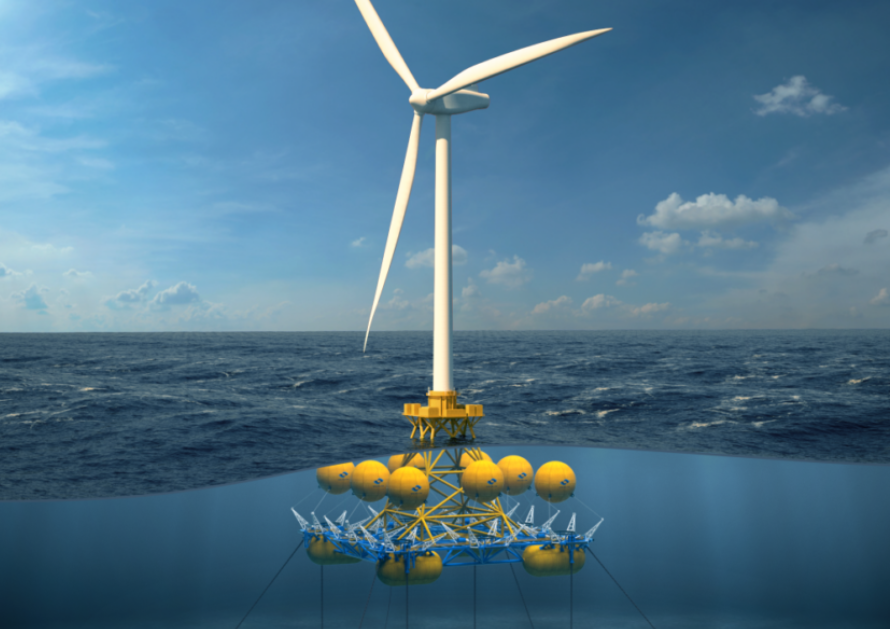Marine Power Systems (MPS) has been awarded £4.3 million by the European Regional Development Fund to accelerate the development of a floating offshore wave and wind technology for energy generation in deep water locations.

The ERDF funding — which is part of a £6.2million project under the Cornwall and Isles of Scilly Local Enterprise Partnership scheme to promote research and innovation — will enable MPS to launch a program of work on the DualSub, which the company launched earlier this year.
The announcement comes just weeks after MPS secured investment from the Welsh European Funding Office for £12.8 million to design, build and test a full-scale WaveSub device.
WaveSub is a wave energy generation device designed to provide easy operation and maintenance at sea alongside low-cost transportation and installation. Scaleable to over 10 MW, the device is in the final stages of development and testing by MPS ahead of commercial readiness. WaveSub’s high stability in deep water prompted MPS to explore its suitability for use as a platform for wind turbines, particularly in locations where wind speeds are high but water depths make a fixed-base turbine too costly to install.
Initial tests revealed MPS’s approach could provide a strong, stable platform on which a turbine could be installed, enabling the simultaneous capture of wave and wind energy from the ocean. This led to the development of a combined floating offshore wind and wave device, DualSub, and a floating offshore wind device, WindSub.
Both DualSub and WindSub have completed prototype stability tests, detailed computational simulation and cost of energy modelling. Results have led MPS to accelerate the development of both devices, and the £4.3 million of ERDF funding will enable MPS to move through a significant program of work to demonstrator sea-testing, before progressing to commercial readiness in 2023.
In October, the International Energy Agency predicted offshore wind generation will grow 15-fold to emerge as a US$1 trillion (£780 billion) global industry in the next 20 years and will prove to be the next great energy revolution.